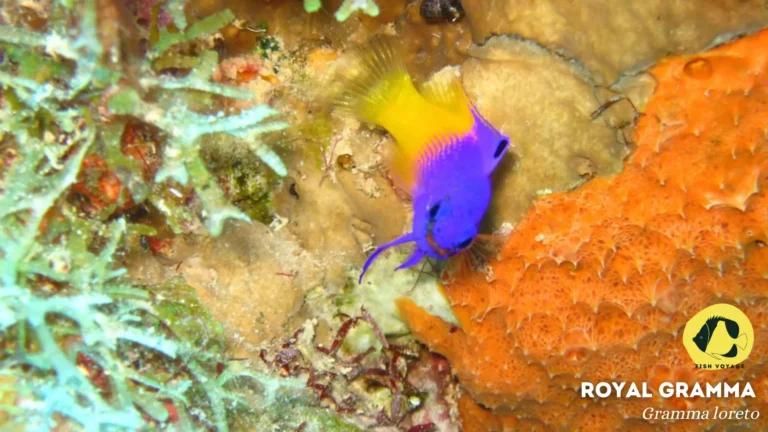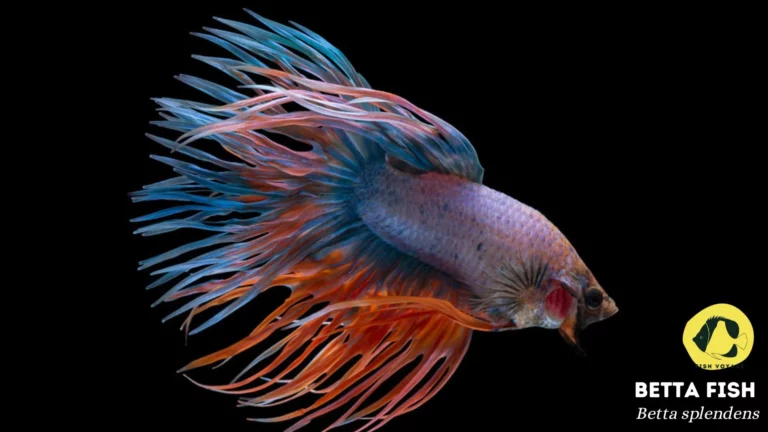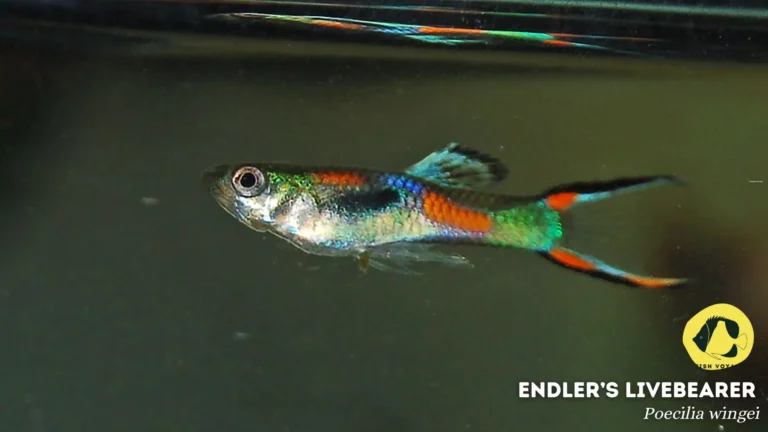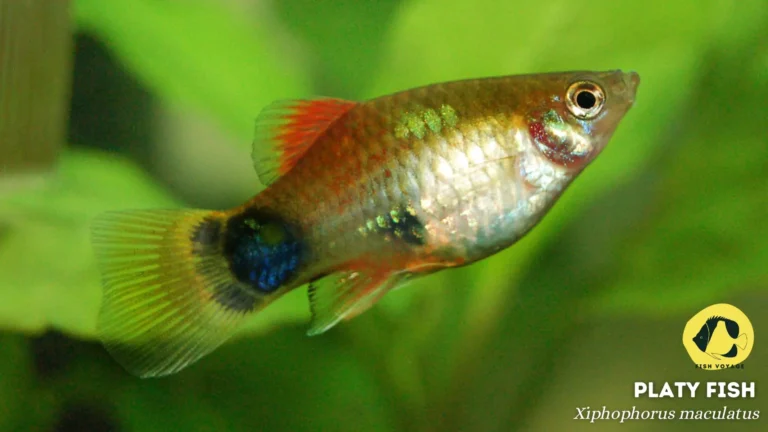Top 10 Friendly Fishes for your Aquarium
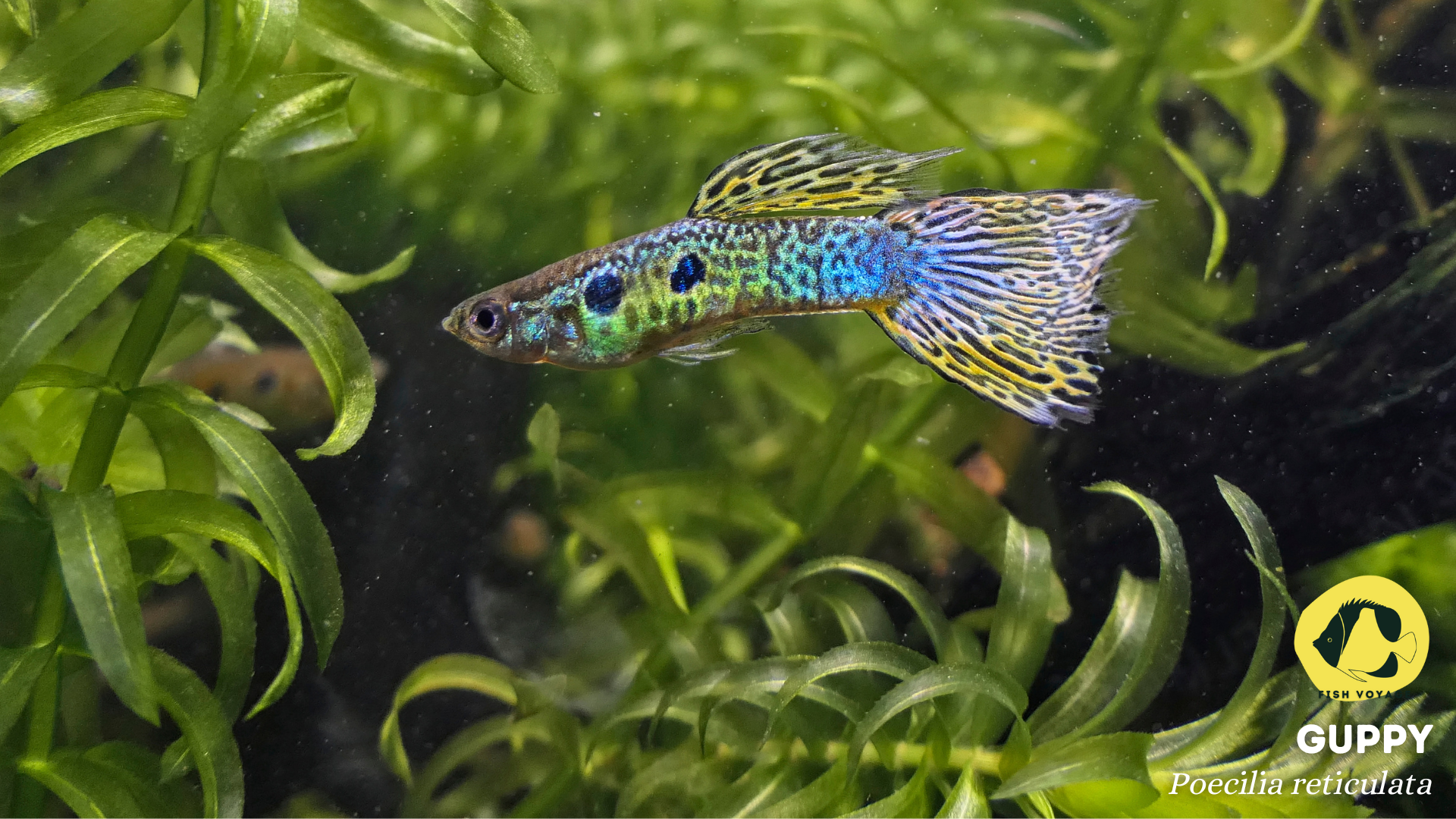
Introduction
Welcome to the fascinating world of aquarium keeping, where the serenity of underwater life meets the artistry of aquatic design. The aquarium hobby has evolved into a cherished pastime, captivating enthusiasts with the mesmerizing dance of colorful fish and the soothing hum of bubbling water. As stewards of these underwater ecosystems, selecting the right inhabitants is paramount.
This blog post aims to guide both novice and seasoned aquarists in the art of choosing friendly fish for their aquatic havens. The importance of compatibility, dietary harmony, and the sheer joy of creating a harmonious underwater community will be explored.
Join us as we dive into the depths of aquarium companionship, exploring the significance of selecting affable aquatic residents, and discover the key to a thriving, friendly aquarium experience.
Characteristics of Friendly Fish
In the delicate tapestry of an aquarium community, the compatibility of its finned residents serves as the linchpin for a harmonious underwater haven. It is imperative to consider the temperaments of prospective tank mates, ensuring a tranquil coexistence. Equally vital is the contemplation of size differentials and territorial inclinations, as understanding these nuances mitigates potential conflicts, fostering an environment where aquatic neighbors peacefully thrive.
Addressing the nutritional needs of aquatic companions is a cornerstone of responsible aquarium stewardship. Highlighting the significance of selecting fish with congruent dietary requirements underscores the health and vitality of each inhabitant. In this aquatic gastronomy, we explore common types of fish food, a culinary palette catering to the diverse appetites of a myriad of species, ensuring a well-rounded and nourishing diet.
As we navigate the waters of aquarium keeping, the allure of hardy fish beckons, particularly to those embarking on their aquatic journey. Emphasizing the appeal of robust species, renowned for their adaptability and resilience, becomes the cornerstone for beginners. Through insightful guidance and examples of such stalwart companions, we unveil the path to a rewarding and enduring aquarium experience, where the joys of fish keeping unfold seamlessly.
Top Friendly Fish Species
Guppy (Poecilia reticulata)
In the vivacious realm of aquariums, the guppy stands as a vibrant ambassador. Its kaleidoscopic hues and engaging social demeanor make it a cherished choice for community tanks. Guppies, with their graceful fin movements and dynamic personalities, bring an animated elegance to the aquatic stage, creating a visually captivating spectacle for enthusiasts.
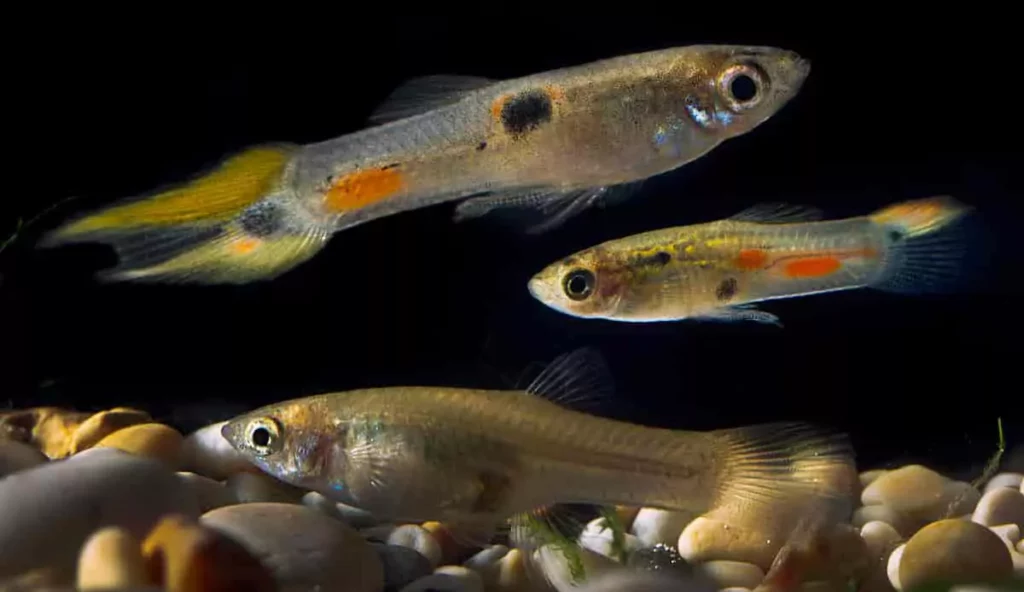
Platies (Xiphophorus maculatus)
Platies, with their tranquil disposition, gracefully navigate diverse water conditions, earning their status as ideal tank companions. Their adaptable nature is complemented by an array of color variations, adding a painter’s palette of hues to your underwater landscape. These peaceful piscine residents not only enhance the aesthetic appeal of the tank but also contribute to a serene and balanced aquatic ecosystem.
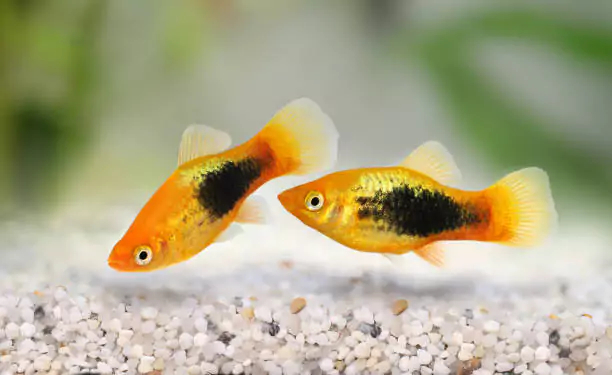
Corydoras Catfish
Unveiling the secrets of the aquarium’s depths, Corydoras catfish emerge as indispensable bottom-dwellers. Renowned for their exceptional tank-cleaning prowess, they gracefully navigate the substrate, ensuring a pristine environment. Delving further, the discussion explores different species within the Corydoras genus, offering a comprehensive guide to enthusiasts seeking diversity within their aquatic community.
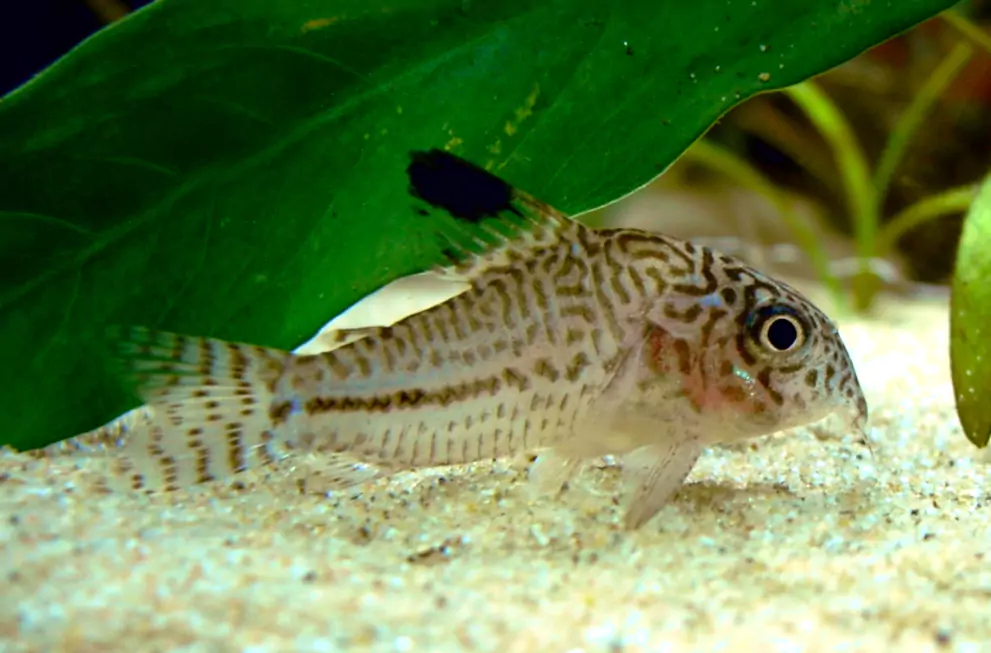
Tetras (Paracheirodon innesi, Paracheirodon axelrodi)
Schools of neon and cardinal tetras bring vivacity to the aquarium, painting the water with their iridescent hues. Beyond their visual allure, these tetras showcase a schooling nature that not only enhances their own well-being but also creates a mesmerizing spectacle for onlookers. Explore their vibrant colors and delve into the compatibility these tetras offer with various tank mates, fostering a community of aquatic harmony.
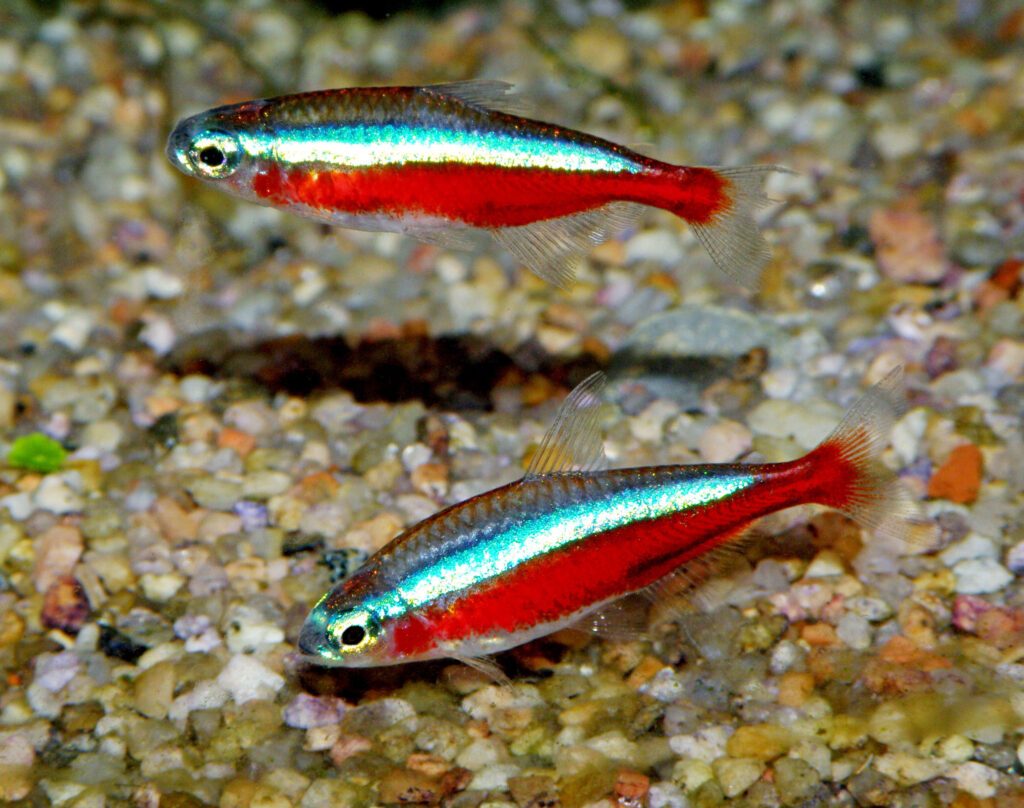
Mollies (Poecilia sphenops)
Mollies, with their resilient spirit, navigate diverse water conditions with ease, making them resilient companions for aquarium enthusiasts. Beyond their adaptability, the intrigue deepens with their live-bearing nature, adding a unique dimension to the aquarium landscape. Delve into the fascinating behaviors of mollies, uncovering the interactive dynamics that make them not just fish, but charismatic members of your aquatic family.
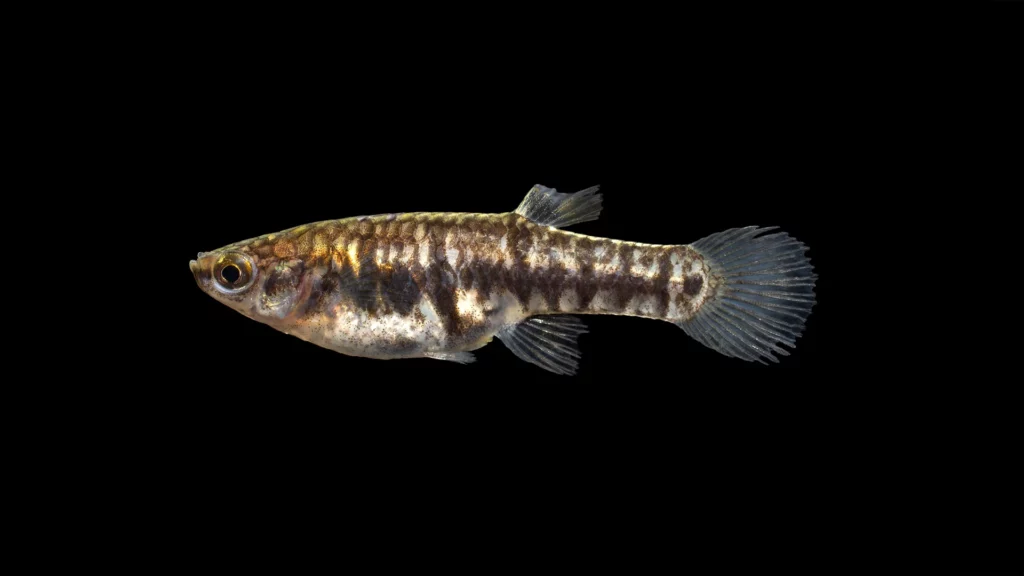
In embracing these top-friendly fish species, aquarium aficionados embark on a journey that marries aesthetic splendor with the serene balance of a well-crafted aquatic community. Each species, carefully chosen, contributes to the grand symphony of underwater life, transforming your aquarium into a captivating tableau of nature’s wonders.
Betta Fish (Betta splendens)
Known for their striking fin displays and individualistic personalities, Betta fish are captivating additions to community or solitary setups. Explore the vast array of Betta species and colors, each contributing a unique charm to your underwater haven.
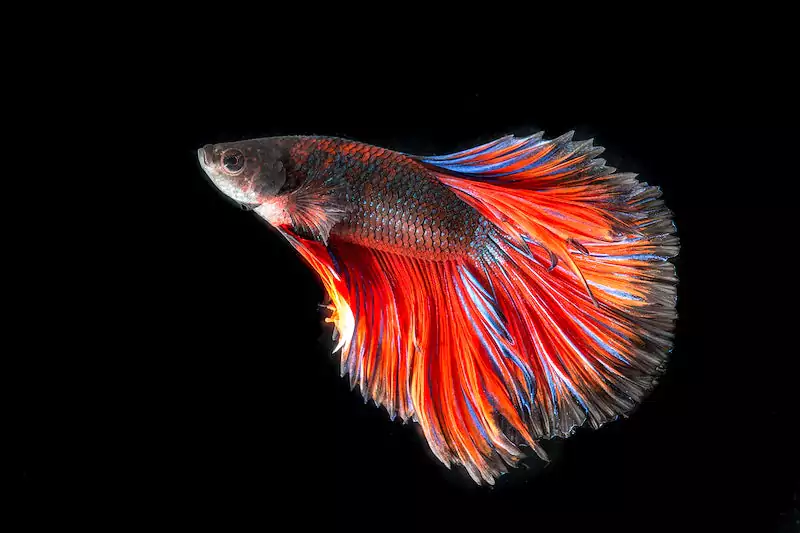
Swordtail Fish (Xiphophorus hellerii)
Swordtails boast a combination of elegance and hardiness. Their distinctive sword-like tails and vibrant colors make them stand out in any aquarium. Their peaceful nature and adaptability further enhance their appeal for both beginners and seasoned aquarists.
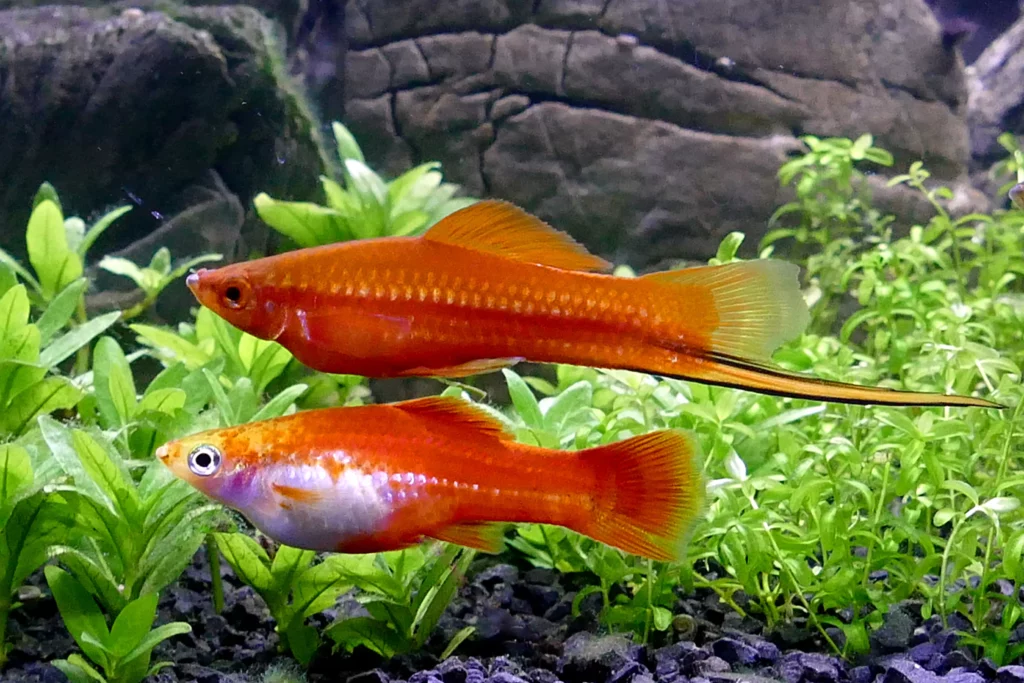
Angelfish (Pterophyllum scalare)
Graceful and majestic, angelfish elevate the aesthetic of your aquarium with their distinctive shapes and patterns. Their compatibility with various tank mates, when provided with adequate space, adds a touch of elegance to community setups.
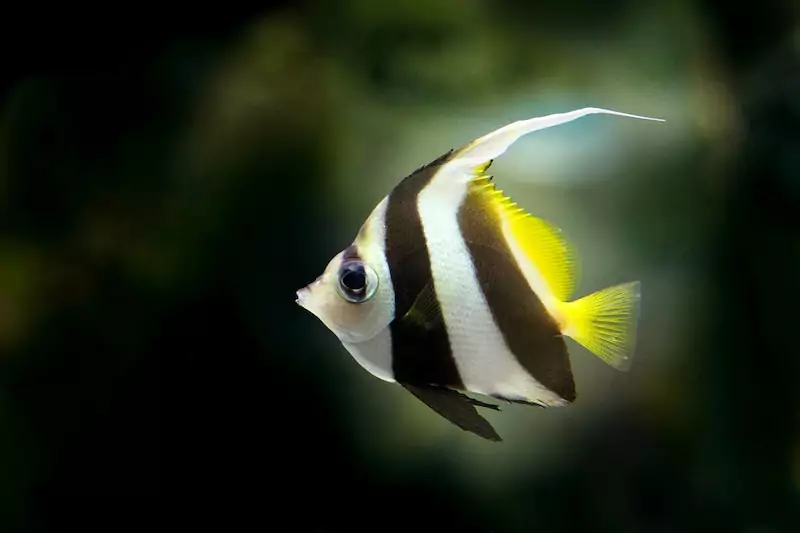
Barbs (Cherry Barb, Gold Barb)
Barbs bring energy and activity to the aquarium with their playful nature. Cherry Barbs, with their striking red hues, and Gold Barbs, with their golden brilliance, contribute vibrant colors and dynamic movement to your aquatic display.

Danios (Zebrafish, Leopard Danio)
Danios inject vitality with their active swimming and bold patterns. Zebrafish and Leopard Danios, in particular, showcase captivating stripes and spots, creating a visually stimulating environment. Their compatibility with various tank conditions makes them versatile additions to any setup.
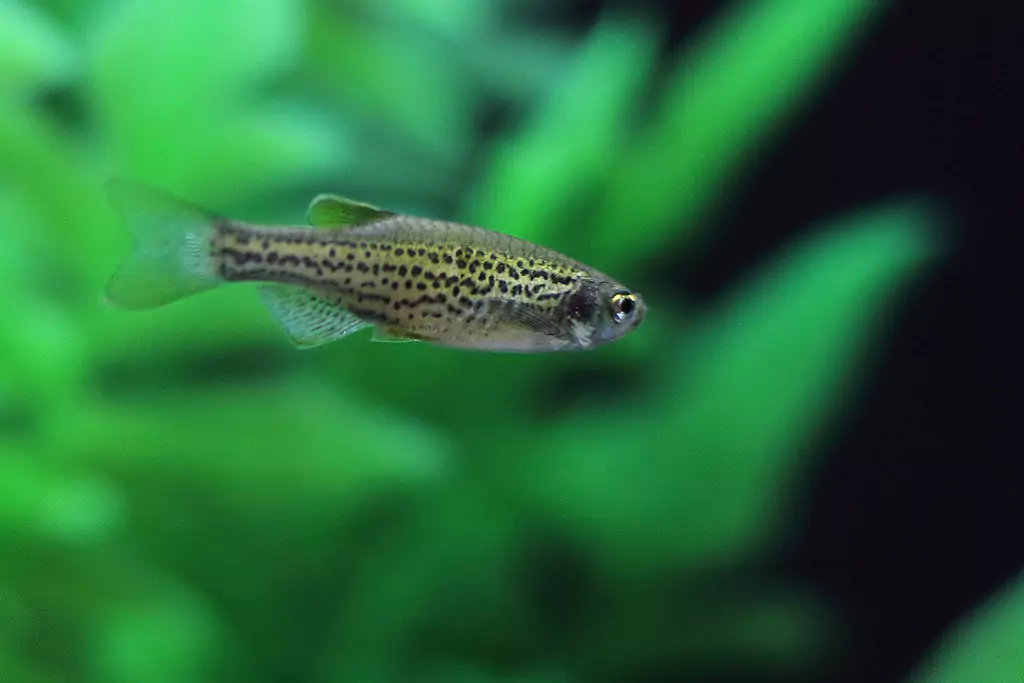
Tips for Maintaining a Friendly Aquarium
Proper Tank Size
Ensuring a spacious and comfortable habitat for your aquatic companions is paramount to their well-being. The importance of providing adequate space extends beyond mere aesthetics; it directly influences the physical and psychological health of the fish. One common mistake is the temptation to underestimate the required tank size, leading to overcrowding and heightened stress levels among the inhabitants. By comprehending the specific spatial needs of each species and avoiding the pitfalls of undersized tanks, aquarists pave the way for a thriving and contented aquatic community.
Water Quality
The lifeblood of any aquarium, water quality dictates the health and vitality of its inhabitants. Emphasizing the significance of maintaining optimal water parameters is a non-negotiable aspect of responsible aquarium care. Regular water testing emerges as a proactive measure to monitor crucial factors such as pH, ammonia, nitrites, and nitrates. By understanding these parameters and implementing timely water changes, aquarists safeguard against potential imbalances that could compromise the well-being of their finned companions.
Tank Decorations
Beyond the crystal-clear waters lies the importance of creating a stimulating and secure environment for aquarium dwellers. Providing hiding spots and structures mimics the natural habitats of many species, offering retreats and fostering a sense of security. In this aquatic sanctuary, the introduction of live plants not only enhances the aesthetic appeal but also contributes to the ecological balance. The benefits extend from oxygen production to waste absorption, creating a symbiotic relationship between the aquatic flora and fauna. Dive into the world of tank decorations, balancing aesthetics with the well-being of your aquatic community.
In adhering to these essential tips, aquarists embark on a journey of conscientious stewardship, ensuring that their aquarium not only captivates the eye but also nurtures the health and happiness of its inhabitants. The synergy of proper tank sizing, vigilant water quality management, and thoughtful tank decorations establishes the foundation for an aquarium that thrives as a microcosm of aquatic harmony.
Potential Challenges and Troubleshooting
Aggression Issues
In the delicate dance of aquarium cohabitation, addressing aggression among fish is crucial for maintaining a harmonious aquatic environment. To navigate these turbulent waters, understanding the intricacies of fish behavior is paramount. When aggression arises, strategic separation techniques, such as the introduction of visual barriers or the reconfiguration of tank decorations, can be employed to diffuse tension. Introducing new fish requires finesse; the gradual acclimatization of newcomers, along with careful observation, helps mitigate potential conflicts. By delicately managing the social dynamics, aquarists pave the way for a community that thrives on cooperation rather than confrontation.
Disease Prevention
Vigilance in disease prevention is a cornerstone of responsible aquarium stewardship. Establishing the importance of quarantine protocols for new fish is a proactive measure to prevent the introduction of potential pathogens. Quarantine tanks provide a controlled environment for observation and treatment if necessary, minimizing the risk of disease transmission to the main aquarium. Delving into common diseases afflicting aquatic inhabitants, from fungal infections to parasitic outbreaks, equips aquarists with knowledge to implement preventive measures. Regular monitoring, proper nutrition, and adherence to hygiene practices create a robust defense against the challenges of aquatic diseases, ensuring the health and longevity of the aquarium community.
In acknowledging and addressing potential challenges, aquarists demonstrate a commitment to the welfare of their aquatic charges. By unraveling the complexities of aggression management and disease prevention, they cultivate an environment where fish not only survive but thrive. These troubleshooting strategies underscore the dedication to responsible aquarium care, where challenges become opportunities for growth and the aquarium stands as a testament to the meticulous balance of nature within glass confines.
Conclusion
Recap of Friendly Fish Species
As we conclude our exploration into the realm of friendly aquarium companions, let’s revisit the vibrant array of species that grace our aquatic canvases. From the lively guppies with their kaleidoscopic hues to the tranquil platies, each fish species discussed adds its unique brushstroke to the underwater masterpiece. The bottom-dwelling Corydoras catfish diligently carry out their tank-cleaning duties, while the schooling tetras infuse dynamic energy into the aquatic tableau. Mollies, with their resilience and live-bearing charm, round out our selection of friendly fish species. This carefully curated ensemble not only enriches the visual tapestry of your aquarium but also contributes to a thriving and interconnected aquatic community.
Encouragement for Enjoyable Aquarium Keeping
Embarking on the journey of aquarium keeping is not merely a hobby; it’s an immersion into a captivating world where each ripple tells a story. As you create and nurture your aquatic haven, may the insights shared here serve as a compass for an enjoyable and rewarding experience. The joys of observing your fish flourish, the serenity of a well-maintained tank, and the satisfaction of fostering life in a contained ecosystem await. Let the principles of compatibility, proper care, and troubleshooting guide you on this aquatic odyssey, ensuring that every moment spent with your aquarium is a source of inspiration and fulfillment.
Call-to-Action
We invite you, fellow aquarists and enthusiasts, to share your experiences, insights, and questions. Your journey in the world of aquariums is a dynamic tapestry, and we want to hear your stories. Whether you’re a seasoned hobbyist with a wealth of knowledge or a curious beginner taking the first plunge, join our community by sharing your thoughts. Engage with us on social media, comment below, or connect through our forums. Your experiences not only enrich your fellow enthusiasts but contribute to the collective wisdom that makes aquarium keeping a thriving and ever-evolving pursuit. Together, let’s continue to explore, learn, and celebrate the wonders of the underwater world.
Additional Resources
Links to Reputable Aquarium Forums
Dive deeper into the world of aquarium keeping by engaging with like-minded enthusiasts on reputable aquarium forums. These platforms provide valuable insights, troubleshooting tips, and a vibrant community eager to share experiences. Join discussions on popular forums such as Aquarium Forum, FishLore Aquarium Forum, Aquarium Advice, and Aquariums, where aquarists from novices to experts converge to exchange knowledge, seek advice, and celebrate the intricacies of the aquatic realm. Connect with a diverse community that spans the globe, fostering a collaborative space for learning and growing in your aquarium journey.
Recommended Books or Websites for Further Reading
Expand your understanding of aquarium science and fish behavior through recommended books and websites that serve as invaluable resources. Delve into authoritative texts such as 500 Freshwater Aquarium Fish and Encyclopedia of Aquarium and Pond Fish, authored by seasoned experts in the field. These curated resources act as beacons of knowledge, offering a wealth of information to enhance your expertise and appreciation for the intricate world thriving within your aquarium.
By exploring these additional resources, you not only augment your knowledge but also become part of a broader community that shares your passion for responsible and rewarding aquarium keeping. Access these forums and references to stay informed, inspired, and connected with fellow aquarists on your continuous journey into the depths of aquatic stewardship.
Frequently Asked Questions (FAQs)
What are the best friendly fish species for beginners?
For aquarium enthusiasts starting their aquatic journey, beginner-friendly fish species like guppies, platies, and mollies are excellent choices. These species are known for their adaptability, vibrant colors, and ease of care, making them ideal for those new to aquarium keeping.
How can I prevent aggression among fish in my aquarium?
Aggression among aquarium fish can be managed by understanding fish behavior, providing ample hiding spots, and introducing new fish gradually. Monitoring the tank dynamics, employing strategic decorations, and avoiding overcrowding contribute to a more harmonious aquatic community.
What are essential water parameters for maintaining a healthy aquarium?
Maintaining optimal water quality is crucial for the well-being of aquarium inhabitants. Regular testing for parameters such as pH, ammonia, nitrites, and nitrates is essential. Conducting routine water changes, proper filtration, and attention to temperature stability contribute to a healthy aquatic environment.
How do I choose the right tank size for my fish?
Selecting the appropriate tank size involves considering the specific spatial needs of your fish species. Avoid common mistakes like undersizing, which can lead to stress and health issues. Understanding the growth potential and territorial behaviors of your fish aids in determining the ideal tank dimensions.
Why is quarantine important for new fish, and how do I establish one?
Quarantine is crucial for preventing the introduction of diseases to the main aquarium. Isolating new fish in a separate tank allows for observation and potential treatment if needed. Implementing a quarantine protocol involves a dedicated tank, regular monitoring, and ensuring optimal conditions to safeguard the health of existing aquarium residents.


